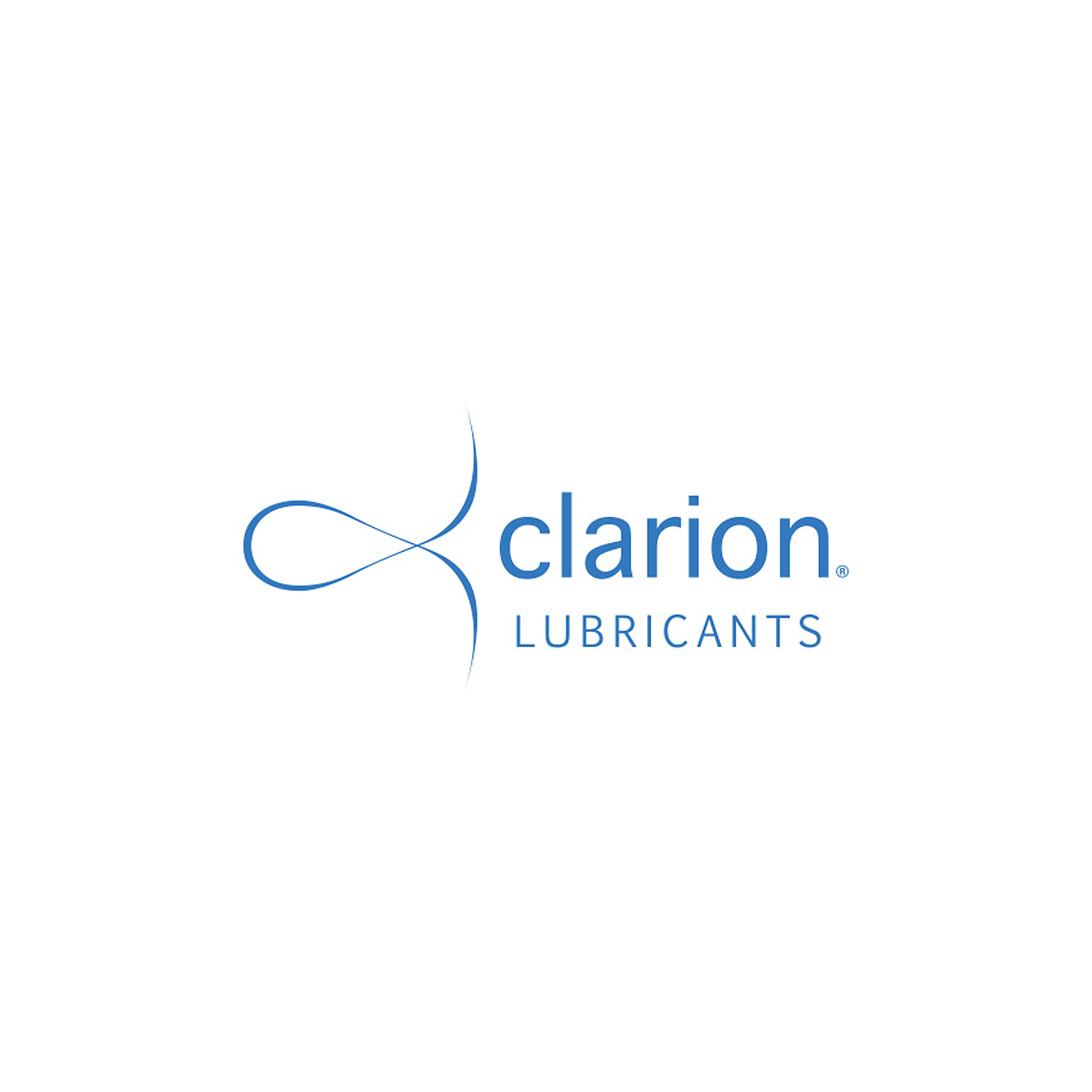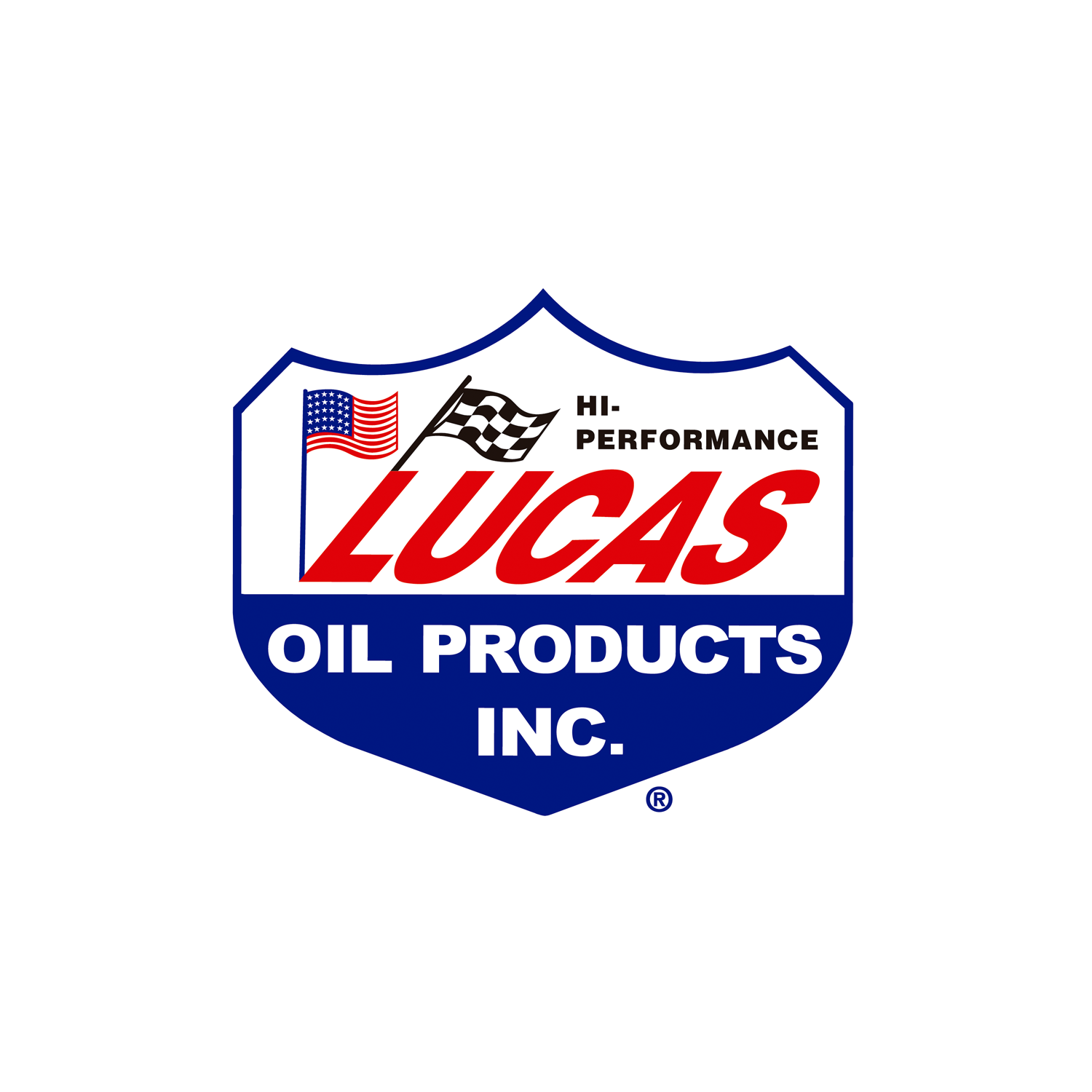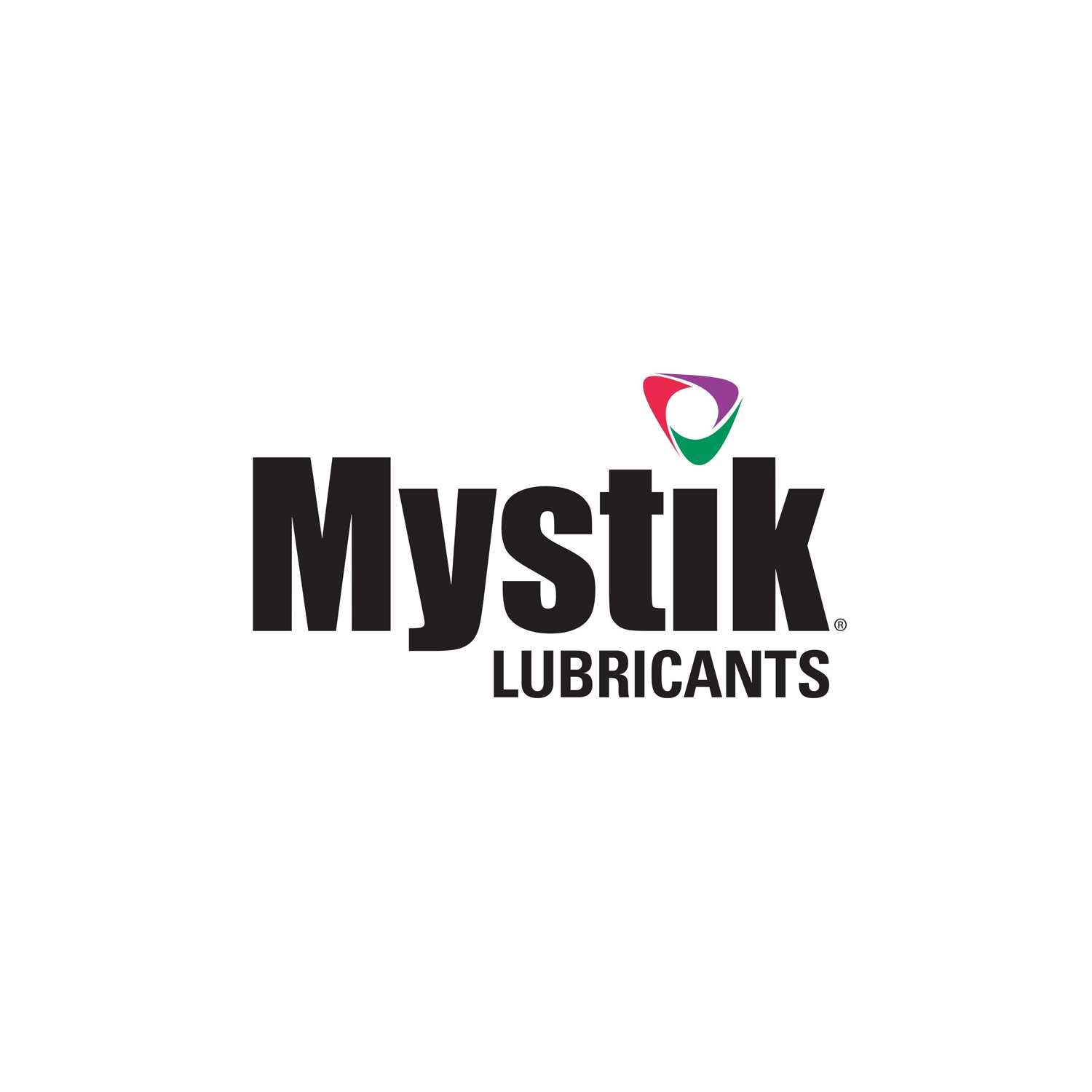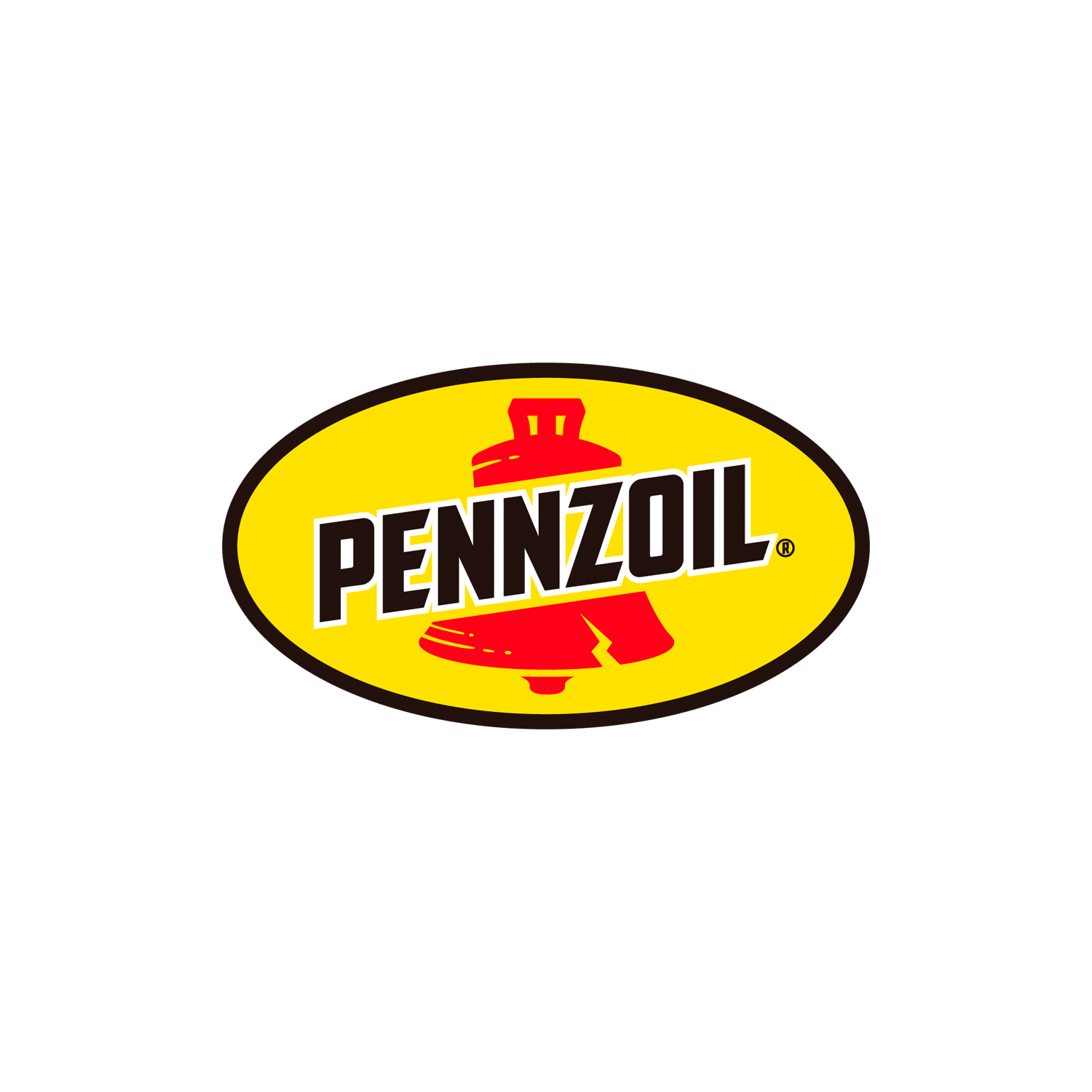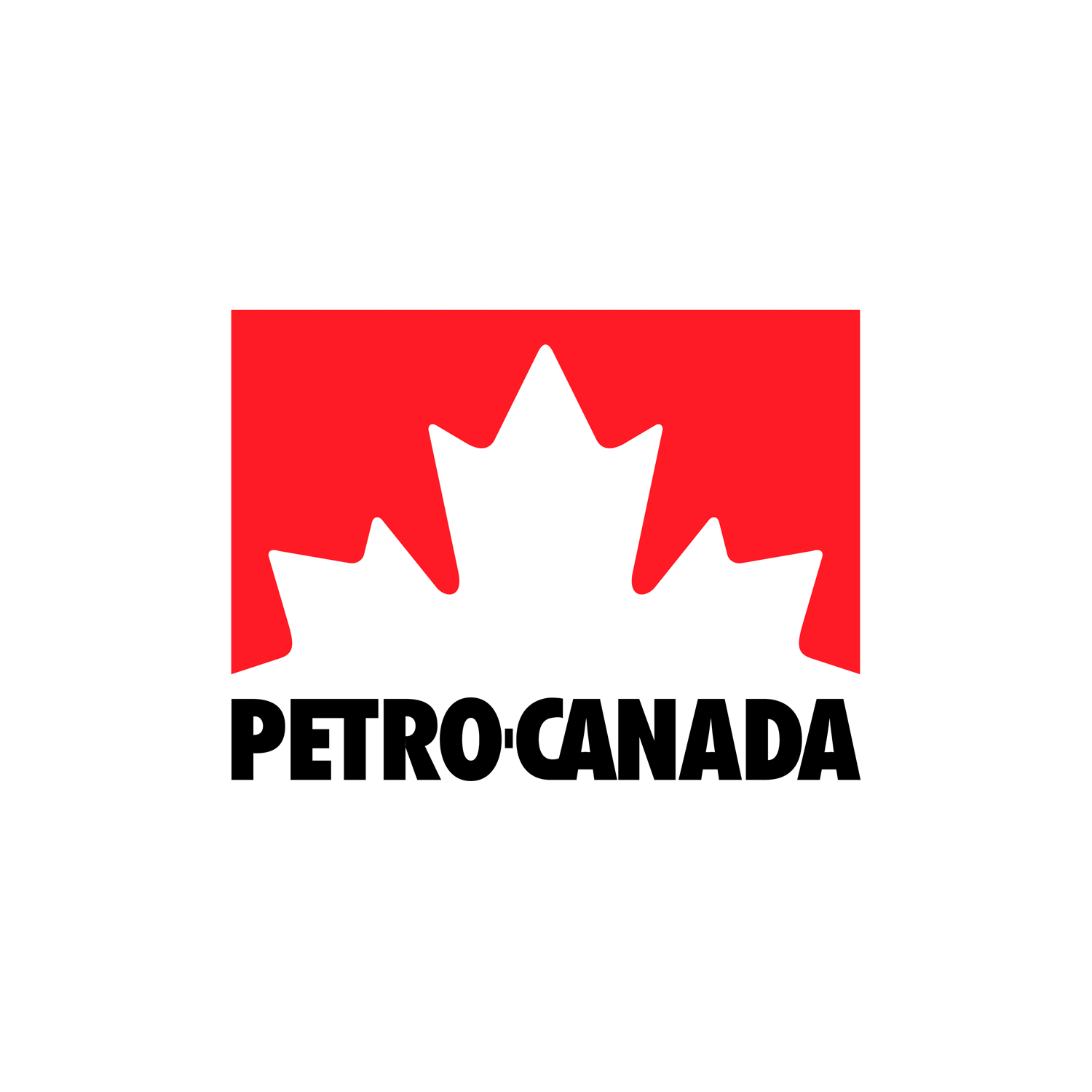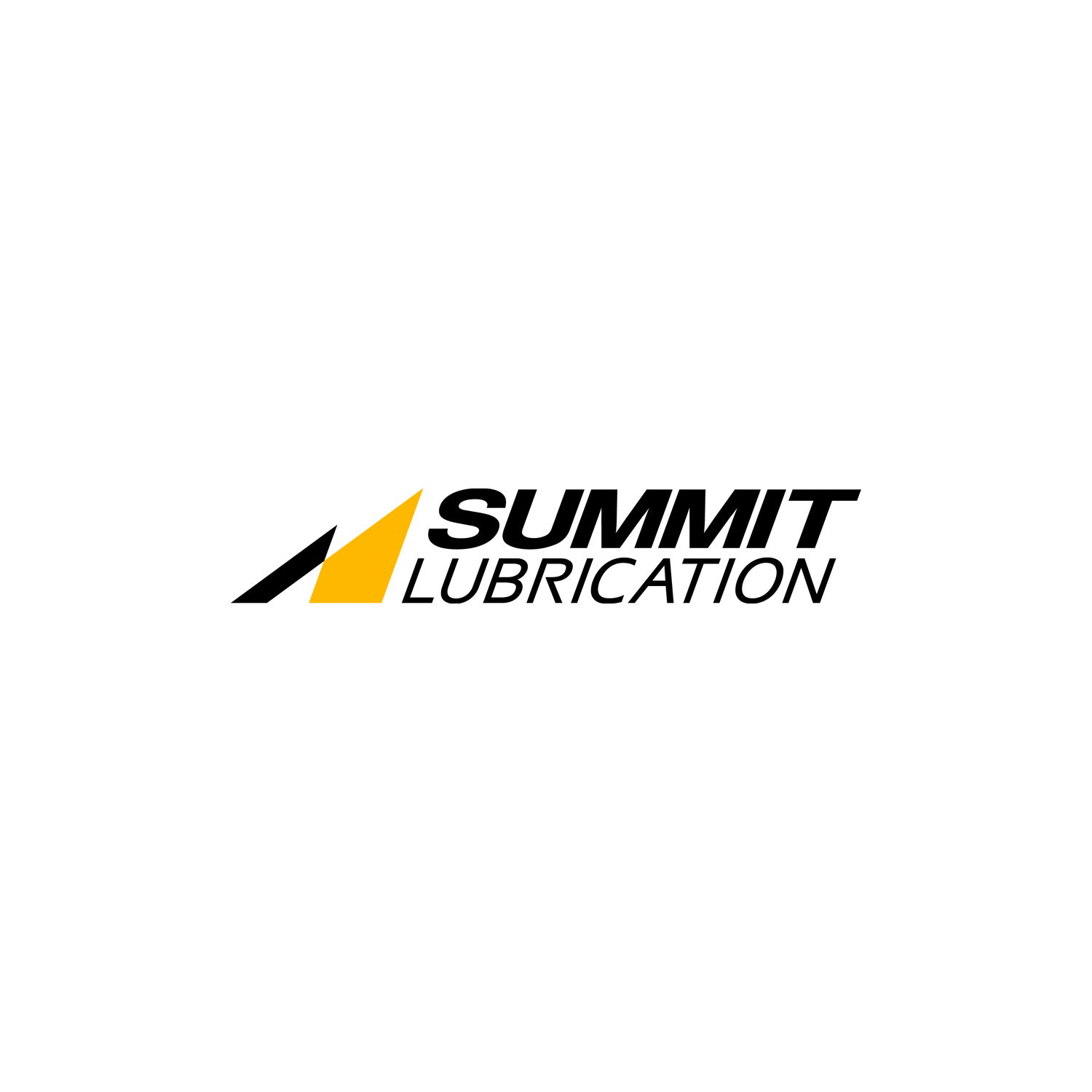The Science Behind Industrial Lubricants: Understanding Viscosity and Additives
Posted by JS on Jul 5th 2023
In the world of industrial machinery and equipment, the role of lubricants cannot be overstated. These essential fluids play a crucial role in minimizing friction, reducing wear and tear, and ensuring smooth operations in various industrial applications. However, to truly comprehend how lubricants work their magic, we must delve into the science behind their two fundamental aspects: viscosity and additives. In this blog post, we'll explore the significance of viscosity and the role of additives in industrial lubricants, shedding light on their impact on machinery performance and longevity.
Understanding Viscosity
Viscosity is a key property of any lubricant and refers to its resistance to flow. In simpler terms, it determines whether a lubricant is thick and resistant to movement (high viscosity) or thin and fluid (low viscosity). This property directly influences how well the lubricant can form a protective film between moving surfaces, reducing friction and preventing metal-to-metal contact.
The viscosity of an industrial lubricant is typically measured and classified using the International Standards Organization (ISO) viscosity grading system. For instance, a lubricant labeled ISO VG 68 has a viscosity between 61.2 and 74.8 centistokes at 40°C. Selecting the right viscosity grade is crucial, as it depends on factors such as operating temperature, load, and equipment type. Using an improper viscosity could lead to inadequate lubrication, affecting machinery performance and potentially causing premature equipment failure.
The Role of Additives
While viscosity is a foundational property of lubricants, modern industrial lubricants often contain additives to enhance their performance and extend their service life. Additives are chemical compounds designed to impart specific qualities to the lubricant that can't be achieved by the base oil alone.
There are various types of additives, each serving a specific purpose:
- Anti-wear Additives: These additives form a protective layer on metal surfaces, preventing direct contact and reducing wear during boundary lubrication conditions.
- Extreme Pressure (EP) Additives: EP additives work under high-pressure conditions and help lubricants maintain their protective properties even at extreme loads.
- Anti-foaming Additives: These additives minimize the formation of foam in lubricants, ensuring efficient heat transfer and consistent performance.
- Rust and Corrosion Inhibitors: These additives protect metal surfaces from rust and corrosion, especially in humid or harsh environments.
- Detergents and Dispersants: These additives keep contaminants in suspension and prevent deposits and sludge formation, promoting cleaner machinery and longer lubricant life.
Conclusion
In summary, understanding the science behind industrial lubricants is essential for optimizing machinery performance, minimizing wear, and extending equipment life. Viscosity plays a pivotal role in forming a protective film between moving parts, while additives provide specific enhancements to meet the challenges of diverse industrial applications.
Selecting the right lubricant with the appropriate viscosity grade and suitable additives is crucial to achieving optimal machinery performance and reliability. Regular maintenance, including oil analysis and monitoring, ensures that the lubricant remains in top condition, delivering peak performance throughout its service life.
In the ever-evolving industrial landscape, staying informed about advancements in lubrication technology and employing best practices will contribute to increased productivity, reduced downtime, and overall cost savings for industrial operations.



